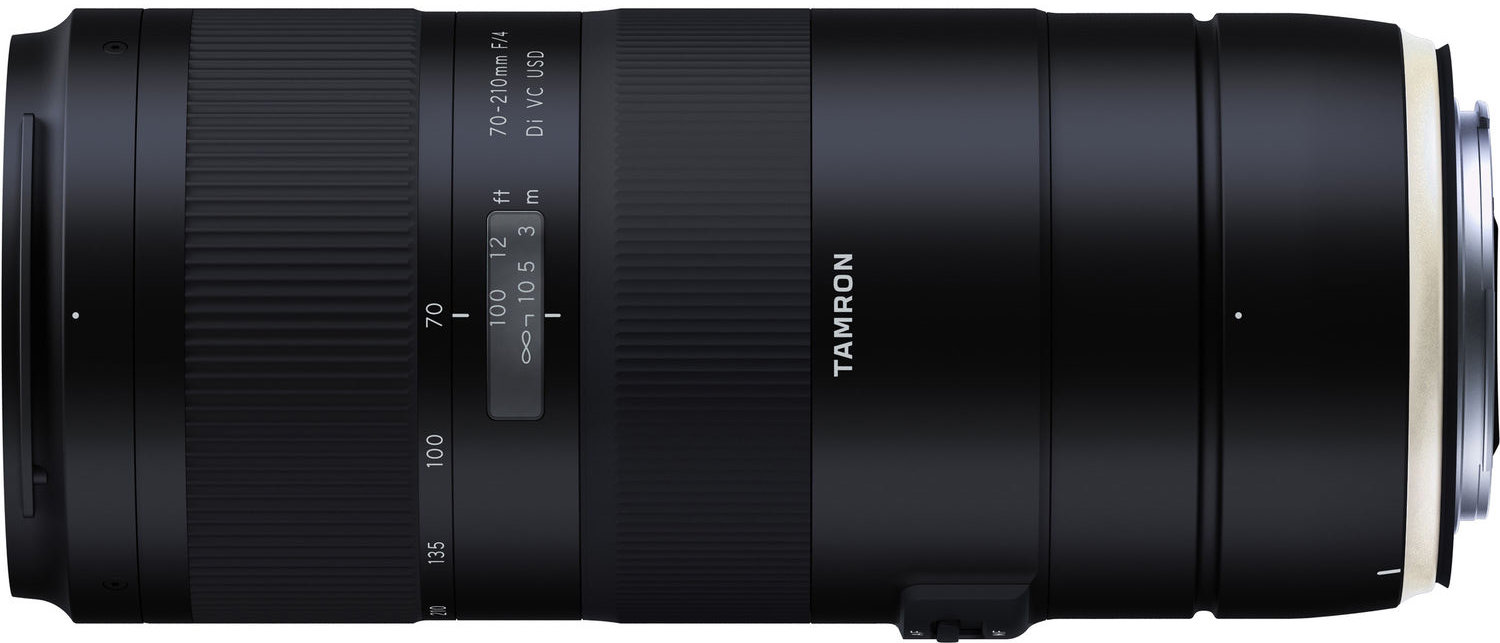Digital Camera World Verdict
Canon and Nikon both make highly acclaimed full-frame compatible 70-200mm f/4 lenses for their DSLRs, which are somewhat more compact, lightweight and ‘affordable’ than the respective own-brand f/2.8 lenses. This Tamron lens gives a little extra at the long end of the zoom range, stretching to 210mm, while maintaining the same constant-aperture f/4 rating. It also has a much more competitive selling price. Performance and image quality are pretty good, making it a sensible buy.
Pros
- +
Constant-aperture design
- +
Useful zoom range
- +
Relatively inexpensive
Cons
- -
Fairly basic feature set
- -
Modest sharpness levels
Why you can trust Digital Camera World
The Tamron 70-210mm f/4 Di VC USD goes up against own-brand Canon EF 70-200mm f/4L IS II USM and Nikon AF-S 70-200mm f/4G ED VR zooms, which are much pricier to buy. As such, it’s a typically lightweight alternative to a ‘trinity’ f/2.8 telephoto zoom, giving a useful range of telephoto focal lengths with a still reasonably fast aperture rating that remains constant throughout the zoom range.
Specifications
Mount: Canon EF, Nikon F FX
Full frame: Yes
Image stabilization: Yes
Autofocus: Yes
Lens construction: 20 elements in 14 groups
Angle of view: 23-7.5 degrees
Diaphragm blades: 9
Minimum aperture: f/32
Minimum focusing distance: 0.95m
Maximum magnification ratio: 0.32x
Filter size: 67mm
Dimensions: 76x177mm
Weight: 860g (C) 850g (N)
Key features
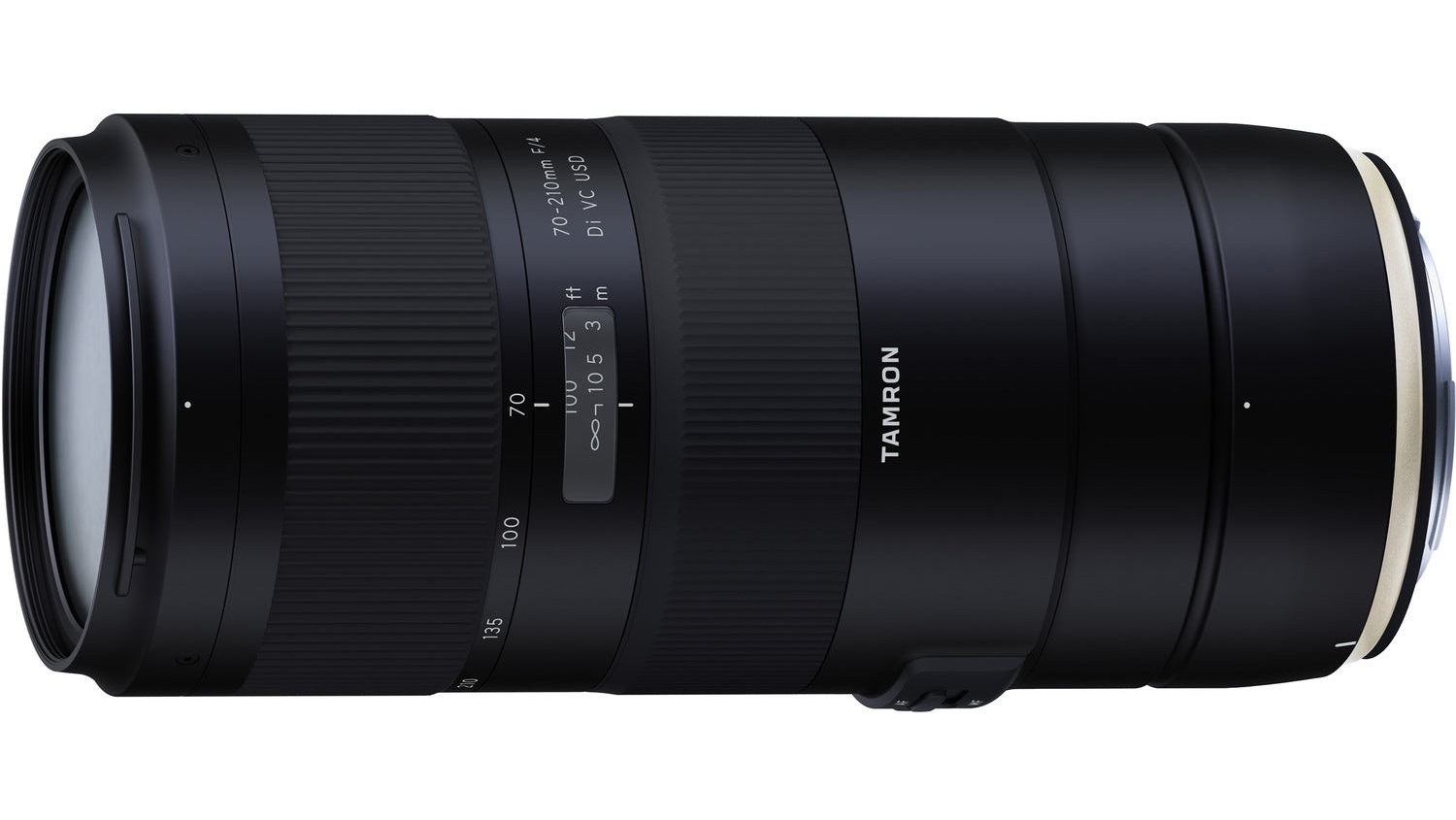
The design looks relatively basic, with no autofocus range limiter switch, nor switchable stabilization modes. There are basically only two switches on the lens barrel, for VC on/off and AF/MF. Even so, there’s more to this lens than immediately meets the eye.
Autofocus is courtesy of a ring-type ultrasonic system that’s both very quick and whisper-quiet. Tamron’s proprietary ‘Vibration Compensation’ system for optical image stabilization is typically adept, giving a 4-stop reduction in camera-shake, at least for static shooting.
Despite the no-frills appearance, build quality is good, with a robust feel, refined handling and the inclusion of weather-seals. The lens is compatible with Tamron’s latest tele-converters and TAP-in Console, for fine-tuning, customization and the application of firmware updates. A tripod mounting collar is also available as an optional extra.
Performance
Driven by dual microprocessors, the autofocus and stabilization systems are very effective, the former being quick and accurate, the latter living up to its 4-stop billing. However, stabilization during panning proved less effective in our tests. Centre-sharpness is very good at mid-zoom settings but drops off more than with pricier recent own-brand Canon and Nikon 70-200mm f/4 lenses at the long and short ends. Corner-sharpness is also a bit less impressive.
Lab results
We run a range of lab tests under controlled conditions, using the Imatest Master testing suite. Photos of test charts are taken across the range of apertures and zooms (where available), then analyzed for sharpness, distortion and chromatic aberrations.
We use Imatest SFR (spatial frequency response) charts and analysis software to plot lens resolution at the center of the image frame, corners and mid-point distances, across the range of aperture settings and, with zoom lenses, at four different focal lengths. The tests also measure distortion and color fringing (chromatic aberration).
Sharpness:
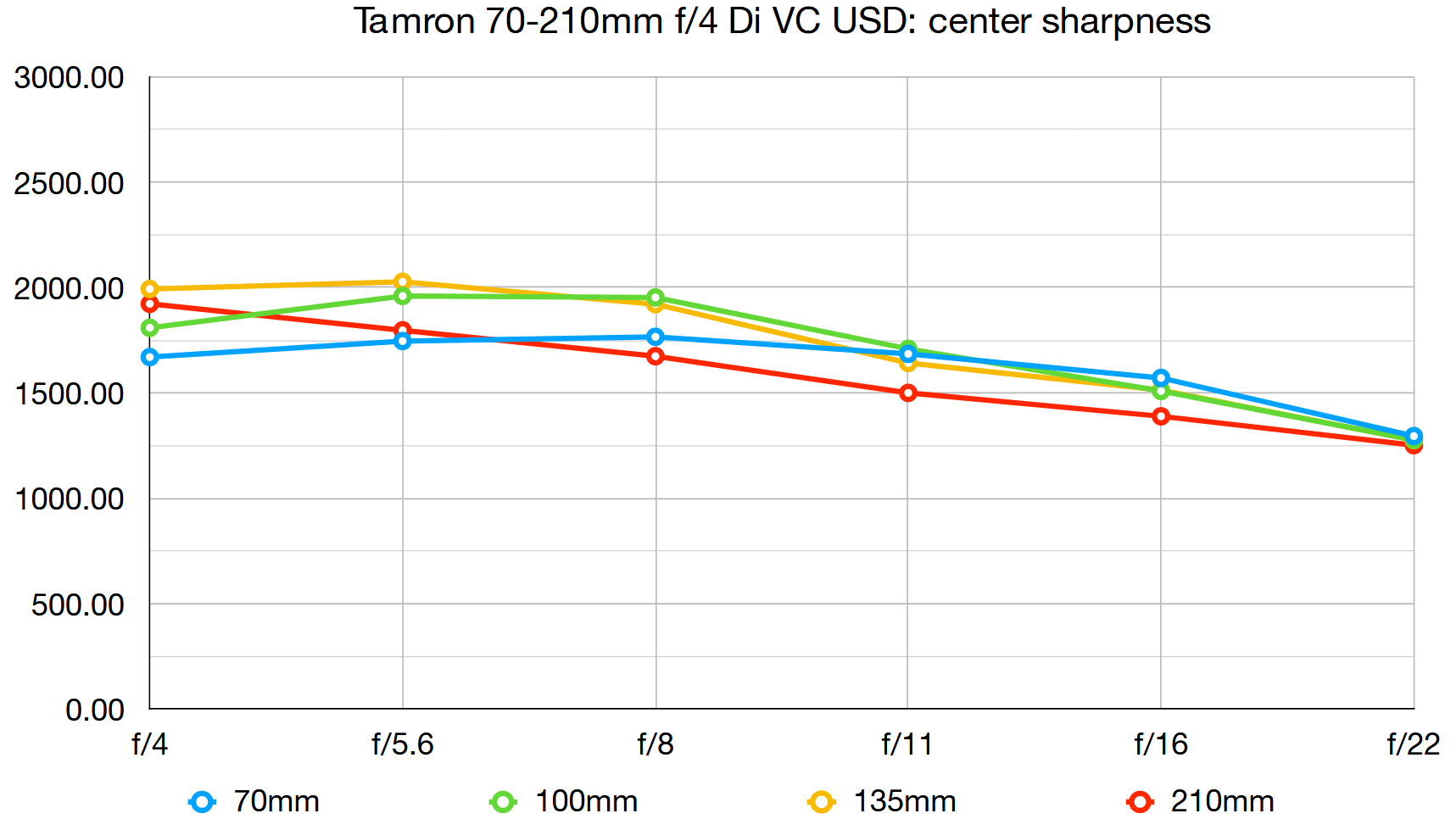

Good rather than great, the Tamron lags behind the Canon and Nikon f/4 lenses for sharpness.
Fringing:

There’s not much to worry about in terms of fringing but it’s slightly worse than average.
Distortion:
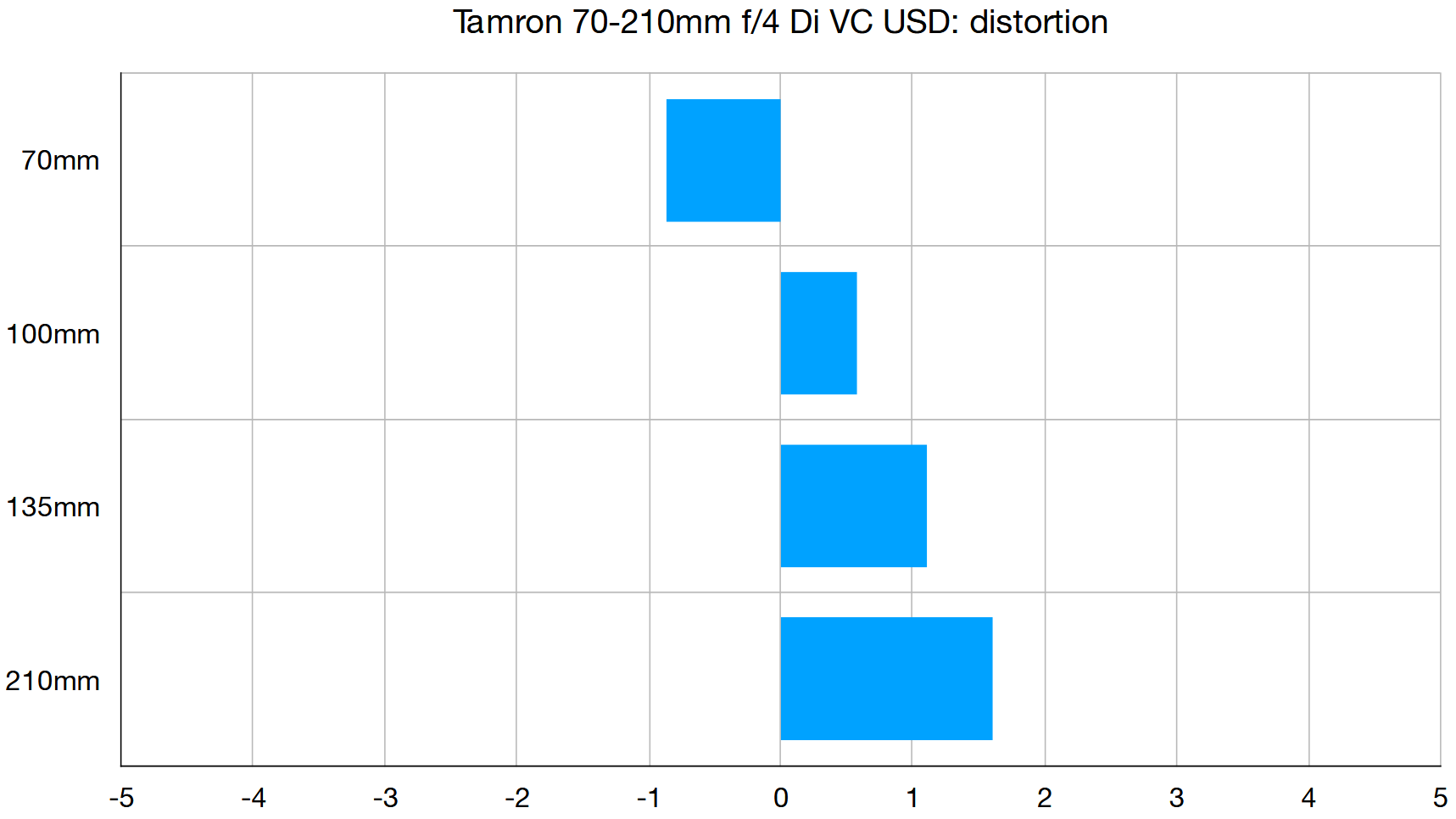
Barrel and pincushion distortion at the short and long end are fairly minimal.
Verdict
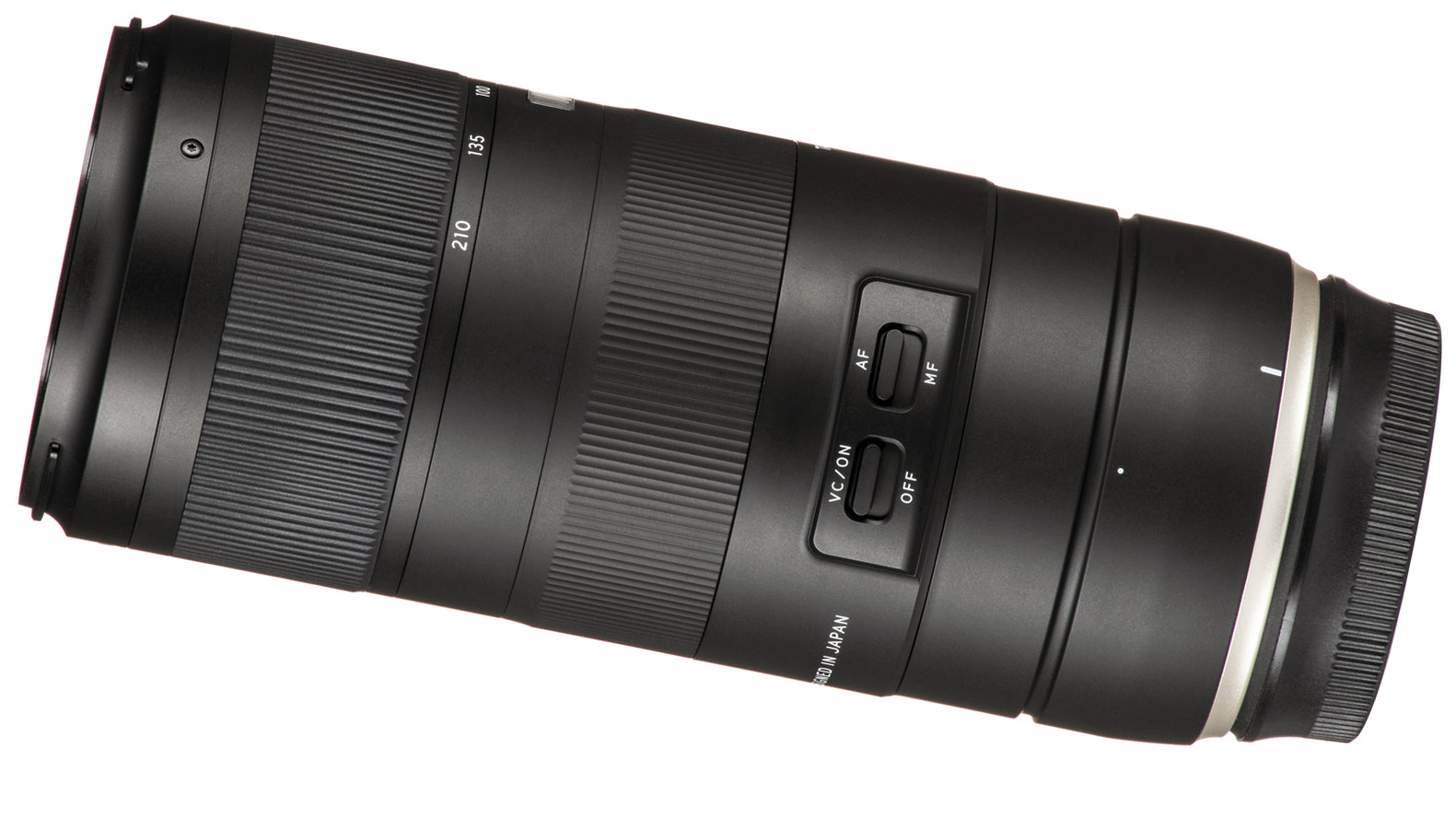
As a relatively low-budget alternative to the latest own-brand Canon EF 70-200mm f/4L IS II USM or Nikon 70-200mm f/4 stabilized telephoto zooms, the Tamron will certainly save you a sizeable chunk of cash. All-round performance and image quality are good, and the lens is well-built with multiple weather-seals. However, for handling finesse, exotic features and sharpness, it’s something of a poor relation to its own-brand siblings.
Read more:
The best Canon telephoto lenses
The best Nikon telephoto lenses
Best 70-200mm lenses
The best lenses for bird photography and wildlife
The best 150-600mm lenses
The best tripods
The best monopods
Matthew Richards is a photographer and journalist who has spent years using and reviewing all manner of photo gear. He is Digital Camera World's principal lens reviewer – and has tested more primes and zooms than most people have had hot dinners!
His expertise with equipment doesn’t end there, though. He is also an encyclopedia when it comes to all manner of cameras, camera holsters and bags, flashguns, tripods and heads, printers, papers and inks, and just about anything imaging-related.
In an earlier life he was a broadcast engineer at the BBC, as well as a former editor of PC Guide.
